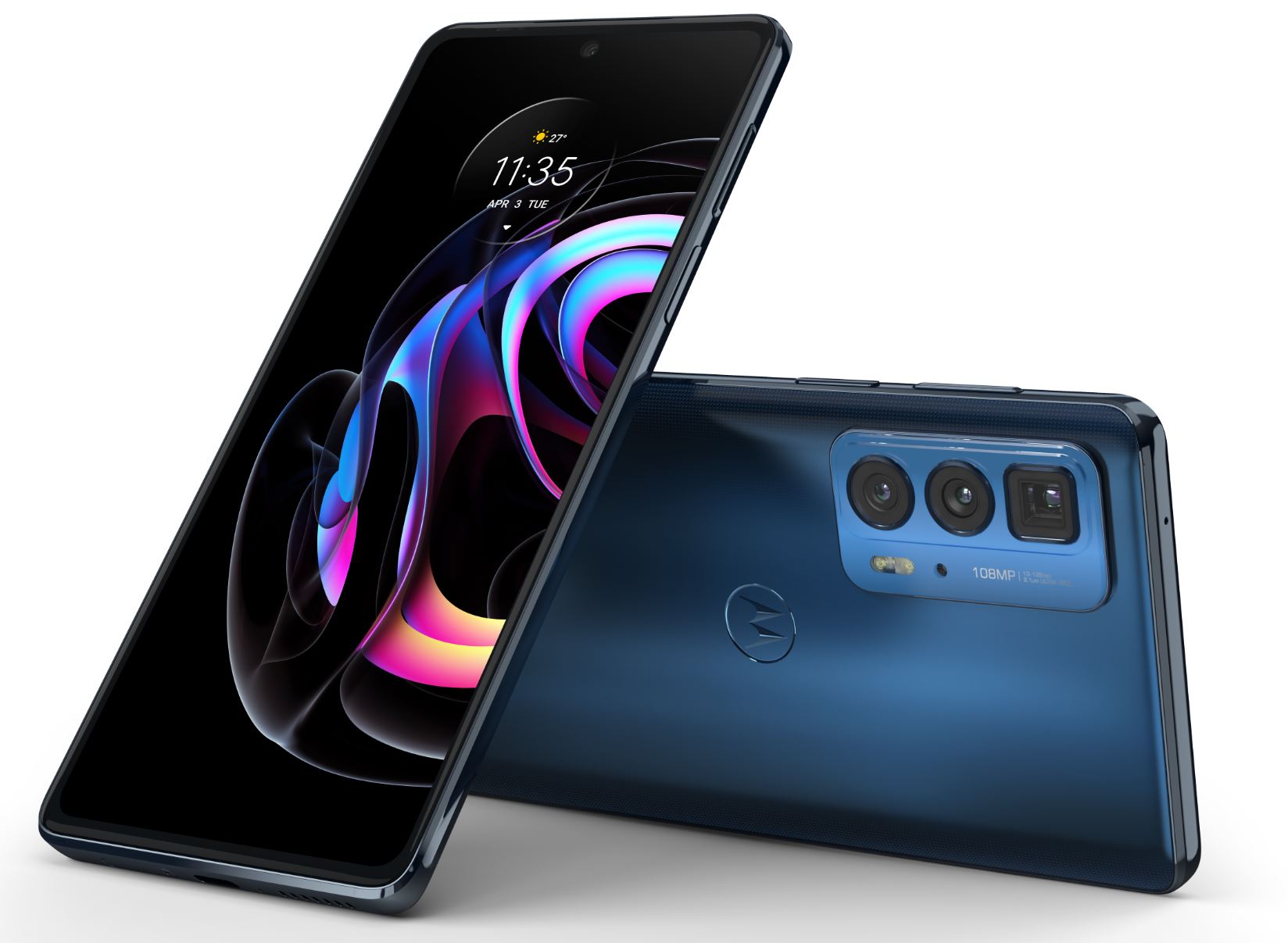
The Best Android Phones for Most People
Google Pixel 8
The Google Pixel 8 stands out as a top recommendation for most people. This device offers an exceptional software experience, backed by Google's commitment to providing seven years of guaranteed security updates through fall 2030. The Pixel 8 boasts a crisp 6.2-inch OLED screen and a solid wrap-around aluminum frame, making it both aesthetically pleasing and durable.
Key features include:
- Exceptional camera performance, rivaling even the Pixel 8 Pro
- Tensor G3 processor for smooth performance
- Custom AI features like Gemini AI
- Competitive pricing: $699 from the Google Store, $499 from Best Buy
Samsung Galaxy S24 Ultra
The Samsung Galaxy S24 Ultra is another top contender. This device combines a top-tier display with a powerful processor and a state-of-the-art camera system. The S24 Ultra features a beautiful AMOLED display, which is both durable and offers a wide color gamut for vibrant visuals. It also includes an S Pen stylus for precision inputs, making it a favorite among those who value creative control.
Key features include:
- 200MP camera system
- S Pen stylus
- High price point: $1,285 from Amazon, $1,150 from Best Buy
Budget-Friendly Options
Google Pixel 8a
For those on a budget, the Google Pixel 8a is an excellent option. This device offers nearly all the features of the flagship Pixel 8 but at a significantly lower price point.
Key features include:
- Bright OLED display with a high refresh rate
- Long-term software support for seven years
- Competitive pricing: $449 from the Google Store, $499 from Best Buy
Samsung Galaxy S24
The Samsung Galaxy S24 is another budget-friendly option that offers impressive battery life. With a larger battery and efficient hardware, this device can easily last through a long day of use on a single charge.
Key features include:
- Solid Android experience
- Competitive pricing: $860 from Amazon, $810 from Best Buy
OnePlus 12R
The OnePlus 12R is a budget-friendly option that packs a punch. It features a super-fast processor, great cameras, and exceptional battery life. This device is particularly notable for its battery performance, offering one of the best battery lives seen on a smartphone in years.
Key features include:
- Super-fast processor
- Exceptional battery life
- Competitive pricing
Premium Options
Samsung Galaxy S24 Plus
For those willing to invest in a premium Android experience, the Samsung Galaxy S24 Plus is an excellent choice. This device offers all the great features you need without any unnecessary extras.
Key features include:
- Beautiful AMOLED display
- Powerful CPU
- Advanced camera capabilities
- High price point: $1,150 from Best Buy
Google Pixel 9 Pro
The Google Pixel 9 Pro is another premium option that stands out for its exceptional camera performance and advanced AI features. This device features a titanium design and a new 50MP 5x telephoto camera, making it one of the best camera phones available.
Key features include:
- Titanium design
- 50MP 5x telephoto camera
- High price point and limited availability
Factors to Consider When Choosing an Android Phone
Display
A good display should cover a wide color gamut, be durable, and have a high refresh rate for smooth visuals. Ideally, you want a display that is both vibrant and responsive to your interactions.
Performance
Most Android devices are powered by Qualcomm's Snapdragon chipsets, which have proven to be capable of handling daily and weekly app usage with ease. When choosing a phone, look for recent Snapdragon offerings that ensure smooth performance.
Camera Quality
Camera quality is a critical factor in today's smartphone market. A reliable and flexible camera system is essential for capturing any shot you want. Look for devices with ample storage size and advanced camera features like optical zoom and AI-enhanced photography.
Battery Life
Smartphones have become essential tools in our daily lives, and battery life is crucial. Look for devices that offer long-lasting batteries and fast charging capabilities to keep you connected throughout the day.
Price
Finally, consider the price of the device. While it's tempting to go for the most expensive option, it's essential to weigh the cost against the features and performance you need. Budget-friendly options like the Google Pixel 8a or OnePlus 12R can offer excellent value for money without breaking the bank.
Final Thoughts
Choosing the best Android phone in 2024 involves considering several factors, including display quality, performance, camera capabilities, battery life, and price. By weighing these factors against your individual needs and budget, you can make an informed decision that meets your requirements.
The Google Pixel 8 stands out as an excellent choice for most people due to its balanced performance, long-term software support, and competitive pricing. The Samsung Galaxy S24 Ultra offers a premium Android experience with cutting-edge features, but its high price point might deter some buyers. Budget-friendly options like the Google Pixel 8a and OnePlus 12R provide excellent value for money without compromising on performance or features.
Ultimately, the best Android phone for you will depend on your specific needs and priorities. By considering these top recommendations and their unique features, you can make an informed decision that meets your needs and budget.
